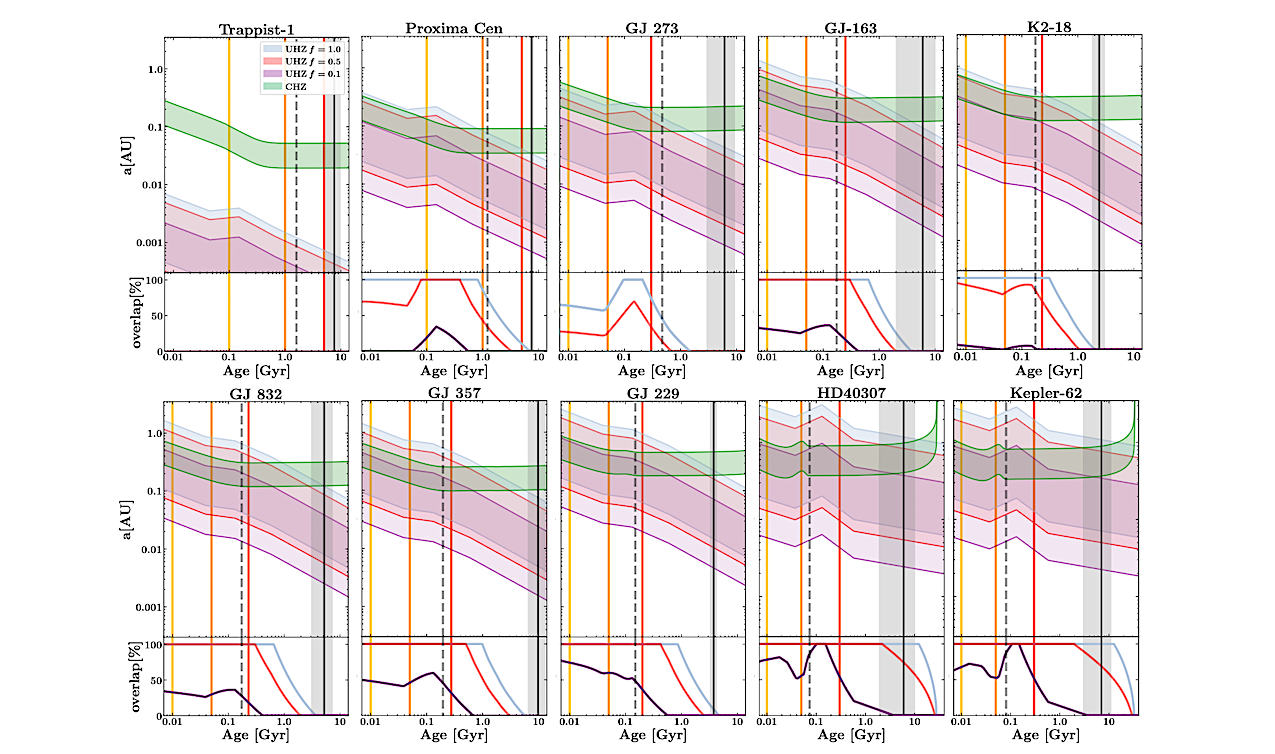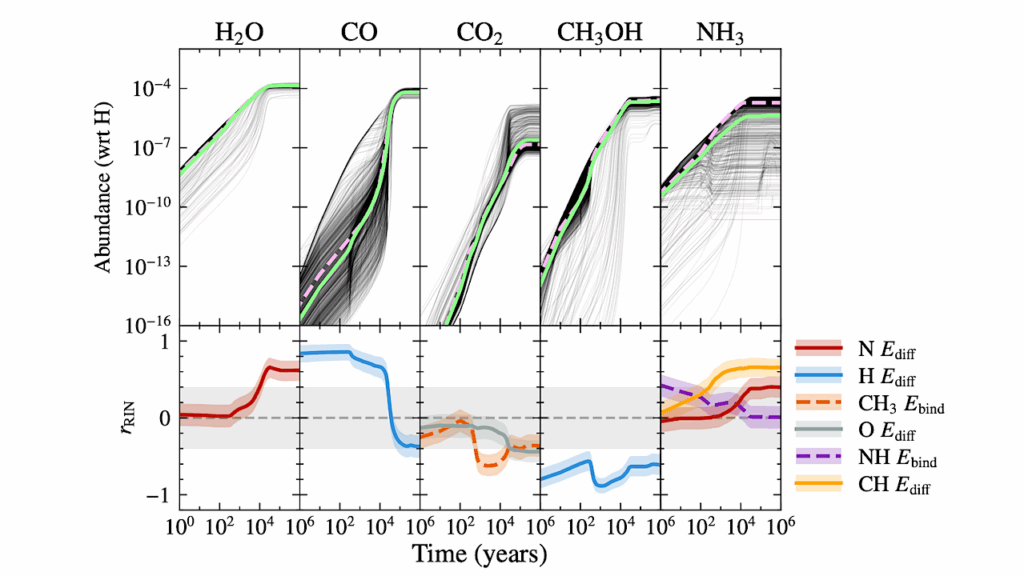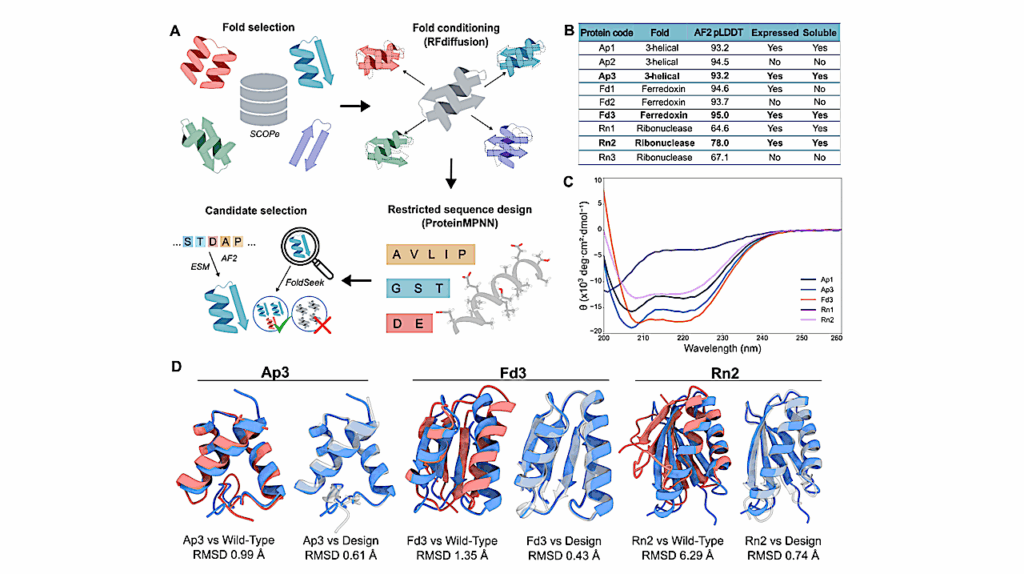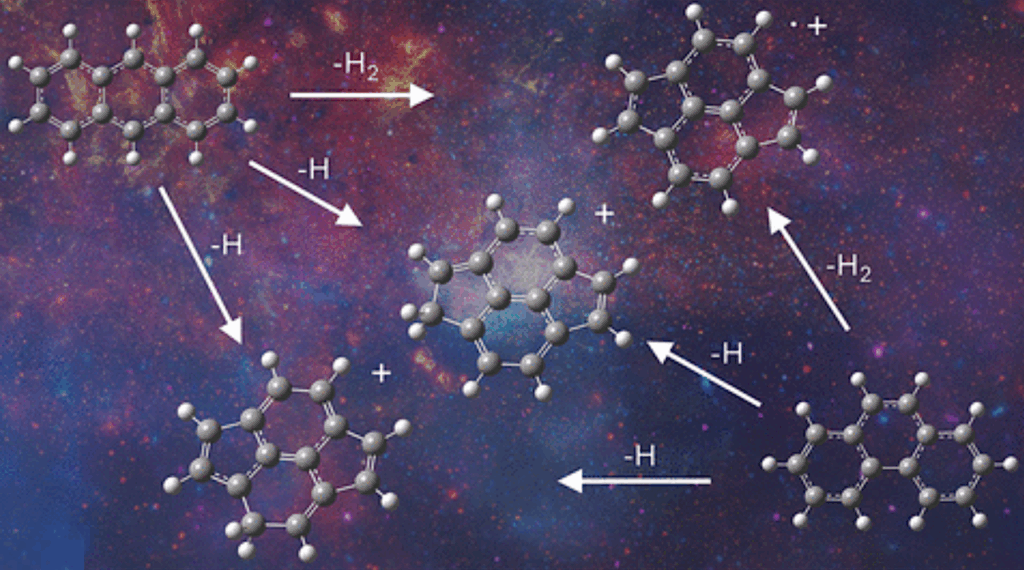The Time Evolution Of The Ultraviolet Habitable Zone

For stars hosting Circumstellar Habitable Zone (CHZ) exoplanets, we investigate the time-evolution of their ultraviolet habitable zone (UHZ), the annular region around a star where an exoplanet could experience a suitable ultraviolet environment for the presence and emergence of life, and the possible intersection of the UHZ with the CHZ.
To estimate their UV luminosity evolution, and therefore the evolution of their UHZ, we analyse Swift-UV/Optical telescope observations and adopt the near-UV luminosity evolutionary tracks derived using GALEX observations of young moving groups. We find that an intersection between CHZ and UHZ could exist (or have existed) around all stars of our sample at different epochs, except for the coldest M-dwarfs (temperature < 2800 K, e.g. Trappist-1).
For hotter M-dwarfs the formation of RNA precursors through cyanosulfidic chemistry triggered by near-UV radiation could occur during the first 1-2 Gyrs. The radial-extension and time-duration of the CHZ-UHZ intersection increase with the stellar effective temperature and the exoplanet atmospheric transmissivity at near-UV wavelengths.
Within our sample, Proxima Centauri represents a golden target for the quest of life outside the Solar system because it experienced a long-lasting and more extended, compared to similar M-dwarfs, CHZ-UHZ intersection.
R. Spinelli, F. Borsa, G. Ghirlanda, G. Ghisellini, F. Haardt, F. Rigamonti
Comments: published in MNRAS Letters, 7 pages, 4 figures
Subjects: Earth and Planetary Astrophysics (astro-ph.EP); Solar and Stellar Astrophysics (astro-ph.SR)
Cite as: arXiv:2409.01401 [astro-ph.EP] (or arXiv:2409.01401v1 [astro-ph.EP] for this version)
https://doi.org/10.48550/arXiv.2409.01401
Focus to learn more
Related DOI:
https://doi.org/10.1093/mnrasl/slae064
Focus to learn more
Submission history
From: Riccardo Spinelli
[v1] Mon, 2 Sep 2024 18:00:00 UTC (2,231 KB)
https://arxiv.org/abs/2409.01401
Astrobiology








